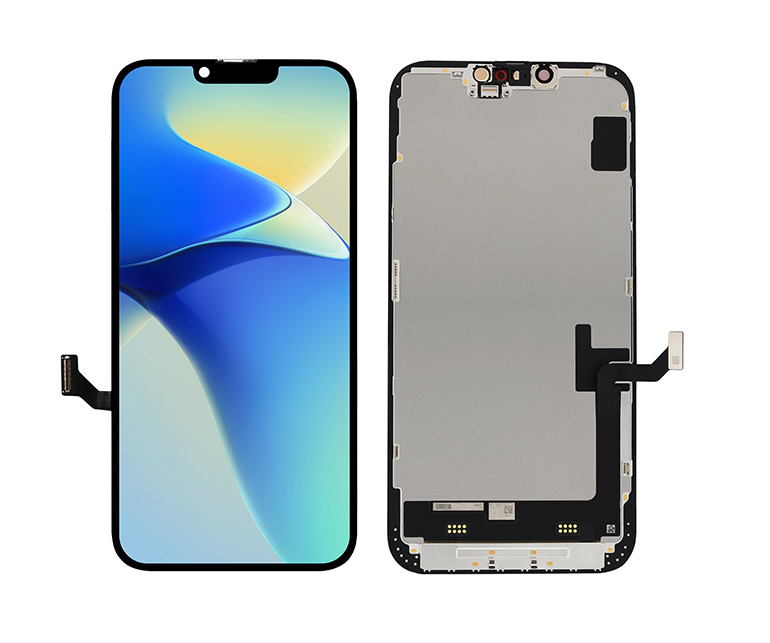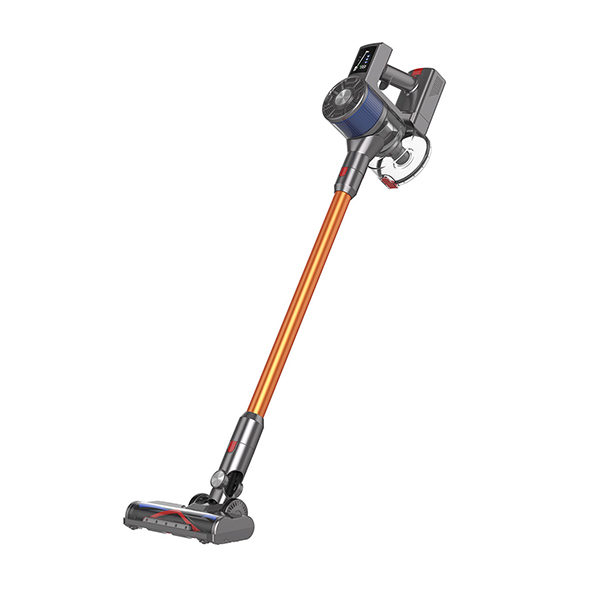The iPhone 14 Plus features a 6.7-inch OLED display that sets a high standard for visual quality and touch performance. For professional repair shops, the choice between OEM (Original Equipment Manufacturer) screens and aftermarket OLED modules is not just about cost—it directly impacts repair efficiency, device longevity, and customer satisfaction.
Kelai (brand: JK), a leading manufacturer of smartphone LCD and OLED modules in China, leverages advanced R&D, precise manufacturing, and global market insight to provide aftermarket screens that deliver near-OEM performance, wide compatibility, and cost-effective solutions. This guide explores the decision-making process for repair professionals, focusing on technical performance, mechanical integration, durability, operational strategy, and advanced repair considerations.
1. Introduction: Why Screen Selection Matters
Repair quality depends on more than simply replacing a broken screen. The display is the most visible and interactive component of a smartphone:
-
Incorrect or low-quality replacements affect brightness, color accuracy, and touch responsiveness.
-
Poorly integrated screens may lead to early wear, connector failures, or touch panel malfunction.
-
Operational costs and customer perception are heavily influenced by screen performance and reliability.
Selecting the right screen—whether OEM or aftermarket—has long-term operational and financial implications for repair shops.
2. Technical Performance Analysis: OLED Specifications That Matter
Repair professionals must evaluate visual performance metrics to ensure replacement screens meet user expectations.
| Feature | OEM iPhone 14 Plus | Kelai Aftermarket OLED | Professional Notes |
|---|---|---|---|
| Display Type | OLED Self-luminated | OLED Self-luminated (SOFT AMOLED) | High native contrast, low power consumption |
| Viewing Angle | All (o'clock) | All (o'clock) | Maintains color uniformity from any angle |
| Brightness | ~850–900 cd/m² | 900±50 cd/m² | Ensures visibility in high ambient light |
| Contrast Ratio | 100000:1 | 100000:1 | Deep blacks, HDR support |
| NTSC Gamut | 100–103% | 103% | Accurate color reproduction for professional standards |
| Color Temperature | 6600K | 6600K | Consistent white balance |
| Screen Resolution | 1080×2336 | 1080×2336 | Pixel-perfect clarity |
| Screen Size | 6.7 inch | 6.7 inch | Compatible with device chassis |
Key Insight: Modern aftermarket screens from Kelai can achieve near-OEM color fidelity, brightness, and touch response, critical for professional repair quality.

3. Touch Panel & Mechanical Integration Challenges
Metal Mesh Touch Panel (TP)
-
Provides high-precision touch detection, multi-finger gestures, and haptic feedback.
-
Aftermarket TP modules are engineered to minimize latency and maintain responsiveness comparable to OEM parts.
Mechanical Fit
-
Connector alignment, adhesive thickness, and screen flex affect installation success and structural integrity.
-
Kelai screens are plug-and-play, reducing risk of frame distortion or pressure-induced pixel damage during installation.
Practical Consideration for Repair Shops
-
Even high-spec screens fail if improperly installed. Training and precision in assembly are as important as screen quality.
4. Durability and Longevity Considerations
OLED Self-Luminated Panel
-
Self-emitting pixels reduce power consumption and eliminate backlight issues.
-
Aftermarket screens maintain uniform luminance and minimal risk of burn-in, critical for iPhone 14 Plus’s large display.
Longevity Metrics
| Factor | OEM | Kelai Aftermarket | Impact on Repair Operations |
|---|---|---|---|
| Burn-in Resistance | High | High | Reduces post-repair complaints |
| Brightness Degradation | Slow | ±50 cd/m² tolerance | Ensures visibility over device lifespan |
| Color Stability | Excellent | Excellent | Maintains true-to-life visuals for users |
| Adhesive & Fit | OEM-specific | Engineered to match | Prevents detachment and frame stress |
Observation: For repair shops, high-quality aftermarket screens can match OEM durability, provided proper installation and calibration.
5. Supply Chain & Operational Impact
OEM Constraints
-
Restricted procurement channels increase lead time and cost.
-
Limited flexibility may hinder shops from maintaining optimal inventory.
Aftermarket Advantages (Kelai)
-
Broad model compatibility (70–80% of global smartphone users).
-
Faster procurement and inventory flexibility, reducing service downtime.
-
Enables repair shops to balance cost, speed, and quality.
Operational Tip: Maintain a strategically stocked inventory of aftermarket screens to maximize throughput without compromising repair quality.
6. Strategic Decision-Making: Multi-Factor Evaluation
Repair shops should evaluate screens using a comprehensive framework:
-
Visual Fidelity: Brightness, contrast, NTSC gamut, color temperature.
-
Touch Panel Accuracy: Latency, multi-touch response, haptic support.
-
Mechanical Compatibility: Fitment, connectors, adhesive behavior.
-
Durability: Burn-in resistance, brightness degradation, structural stability.
-
Operational Efficiency: Procurement cost, lead time, inventory flexibility.
Weighted Decision Matrix:
| Metric | Weight | OEM Score | Kelai Aftermarket Score |
|---|---|---|---|
| Visual Fidelity | 30% | 10 | 9.8 |
| Touch Accuracy | 25% | 10 | 9.7 |
| Durability | 20% | 10 | 9.5 |
| Cost Efficiency | 15% | 6 | 10 |
| Supply Availability | 10% | 5 | 10 |
| Total | 100% | 8.9 | 9.6 |
Interpretation: For professional repair operations, Kelai aftermarket screens often deliver the highest practical value, balancing performance, cost, and supply flexibility.
7. Advanced FAQs for Professional Repair Shops
Q1: Do aftermarket screens support True Tone and HDR?
-
Yes, premium aftermarket modules replicate OEM calibration to support True Tone, HDR, and ambient brightness adaptation.
Q2: How to verify screen quality before installation?
-
Inspect brightness uniformity, NTSC gamut coverage, color temperature, and touch latency. Kelai provides QC certificates and inspection reports.
Q3: Are aftermarket screens legally and technically safe for repair?
-
Yes. While OEM warranties may not cover third-party parts, aftermarket screens from Kelai are compliant and designed for professional repair environments.
Q4: How can shops standardize inventory across multiple models?
-
Kelai’s screens support wide global compatibility, enabling shops to reduce SKU count while covering the majority of iPhone models.
8. Conclusion: Leveraging Aftermarket Screens for Optimal Repair Quality
Repair shops serving iPhone 14 Plus devices face a choice: OEM screens offer guaranteed originality, but Kelai aftermarket OLED modules provide near-OEM performance with superior cost and operational flexibility.
With SOFT AMOLED panels, metal mesh TP, calibrated brightness and color, and precise mechanical design, aftermarket modules empower repair professionals to:
-
Deliver high-quality repairs with minimal rework
-
Maintain long-term device reliability
-
Optimize inventory and operational costs
-
Achieve high customer satisfaction and repeat business
For repair shops aiming to maximize repair quality, efficiency, and profitability, professional-grade aftermarket screens are a strategic asset—not just an alternative.
https://www.jklcddisplay.com/
Shenzhen Kelai Intelligent Display Co., Ltd.

Average Rating